I have some great news to report. The first group of young people that are the beginning of the Post-Covid’s—they entered Grade 11 in the Fall of 2021 and had their most meaningful high school experiences in-person are presenting their work this week in my studio. They have been working in drawing materials and the more unforgiving wet medium of ink line and wash (no erasing ink—no forgiveness —you have to live with your decisions). I poll their interest in drawing media or ink media and for the first time in years ink was not universally despised. We also moved away from line and the richness of their tactile and tonal approach was inspiring.
The tactile has been in full retreat in many disciplines and in Illustration, definitely white flags raised in the pervasive use of digital painting. One of the complaints is control of materials media. I can’t tell you how many times I’ve heard a student tell me they work too darkly or lightly. I describe this problem like a driver pulled over for speeding and offering an explanation to the Police officer, ‘my car has a mind of its own.’ Controlling the marks you make, is literally in your hands, you are the driver—-take your foot off the accelerator or the brake.
When I was a student we had so many affordable types of drawing paper and as a printmaker I could see the critical differences of the sizing (an adhesive added to paper that affects absorption), and surface. The best paper I have ever used is Arches, 140lb., hot press watercolour paper. I used it for extended watercolours as a student, and then as my substrate for all of my illustration work—but at $15.00 a sheet today, none of my students can afford it. Cheap pads of paper are fine for exercises but it is critical to experience the physical connection to subject matter through the materials and surfaces that are used. The digital simulations of media should be informed by materials media. The efficient economy of digital—the digital oil painting above saved every skin value I used in a swatch palette and I could easily tint and tone, and return to original core colour values without running out of paint. The limitations of a simulated impasto and the loss of the tactile feel and direction of the brush made this my first and last digital oil painting. There is a physical engagement that each medium resides within, a language with it’s own grammar and complexity of meaning —-razor sharp pencils on Strathmore plate paper, soft charcoal on the patterned surface of Ingres paper, the slick smoothness of Fabriano for ink lines or the soft open surface of Somerset for printing. I found my way on the surface of paper, these paths are harder to find today.
In the early 1920’s Johannes Itten was teaching at the Bauhaus in Weimar Germany, and he had his students do finger exercises before drawing class, but it was his course of study that was revolutionary —Elementary Study of Form (Elementare Formlhere) and Study of Matter. He developed tactile exercises, gymnastics to explore rhythm, balance, and weight shifts as well as systematic analyses of color and form, light-dark contrasts, and exercises for students to use materials expressively. I think adding hand tools like a hammer and saw, and dance would be excellent additions to studio learning as well. We are losing the physical nature of drawing as our materials and substrates narrow and the needs of acting within the physical world diminishes.
Seeing what is happening in front of you and responding through our bodies acting on and with materials is ever more critical. Holding onto the real being expressed through materials fitted to our senses connects us to the world. The digital, the virtual, the generative, are all pervasive, but only screen deep. This week pinned to the walls of the studio is a richness of tone, wash, and line. In this little corner of the world within the studio, we search for the real, the felt, and the meaningful. It’s literally in our hands.

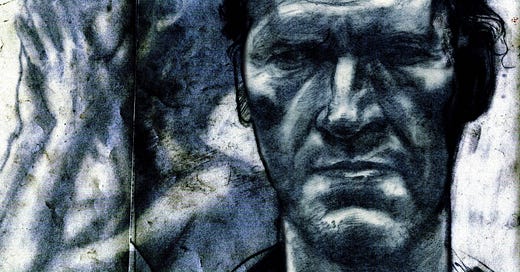


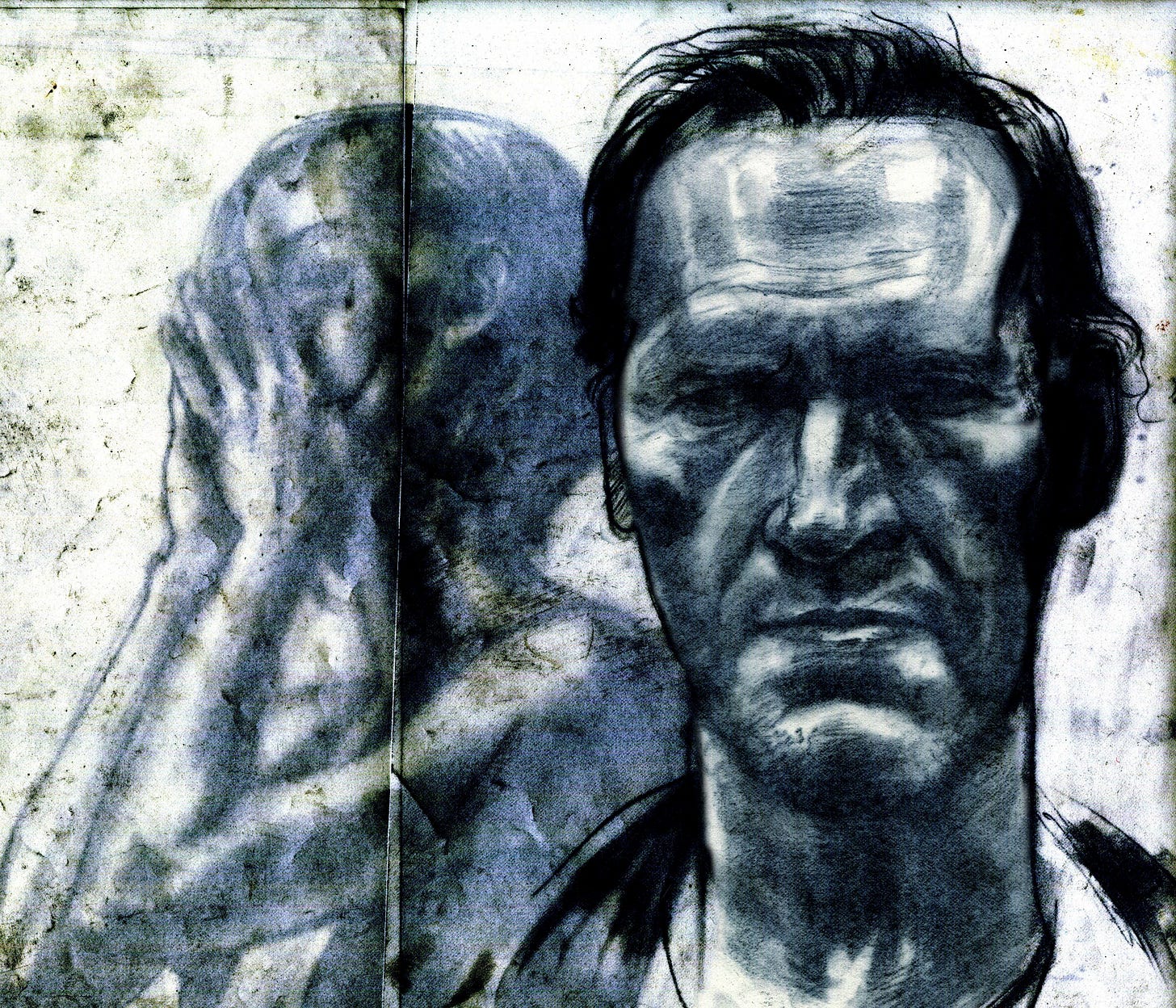
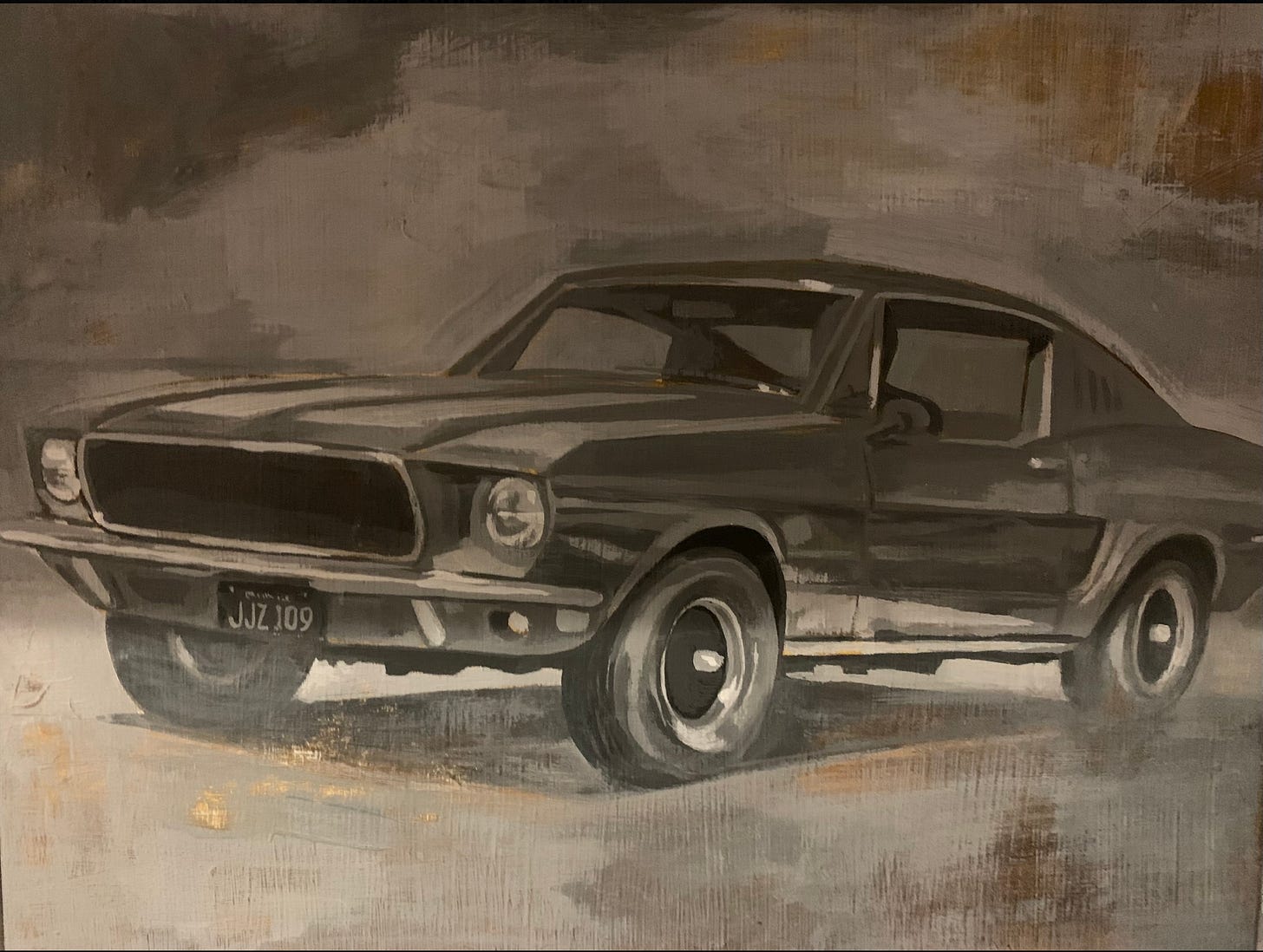
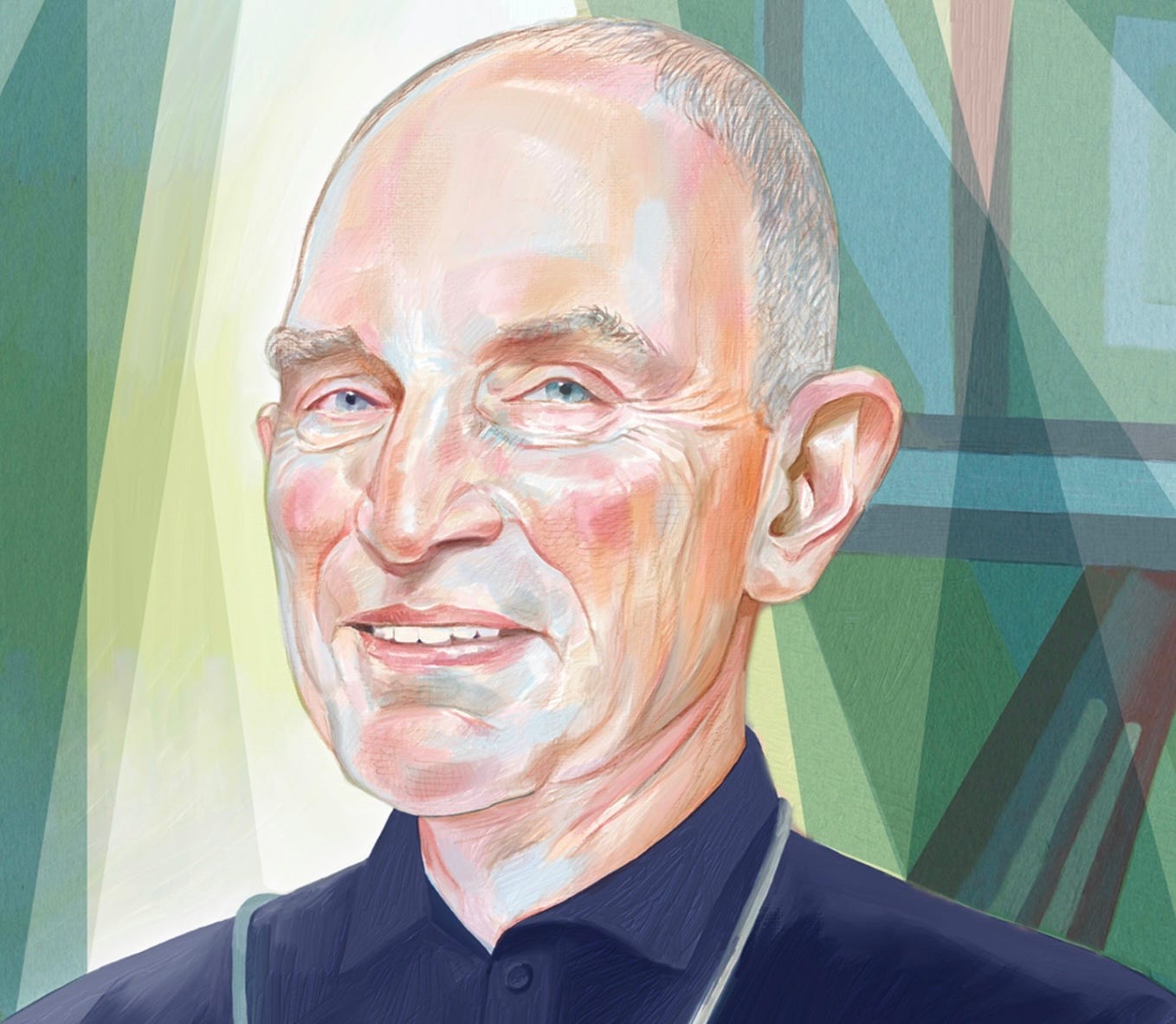
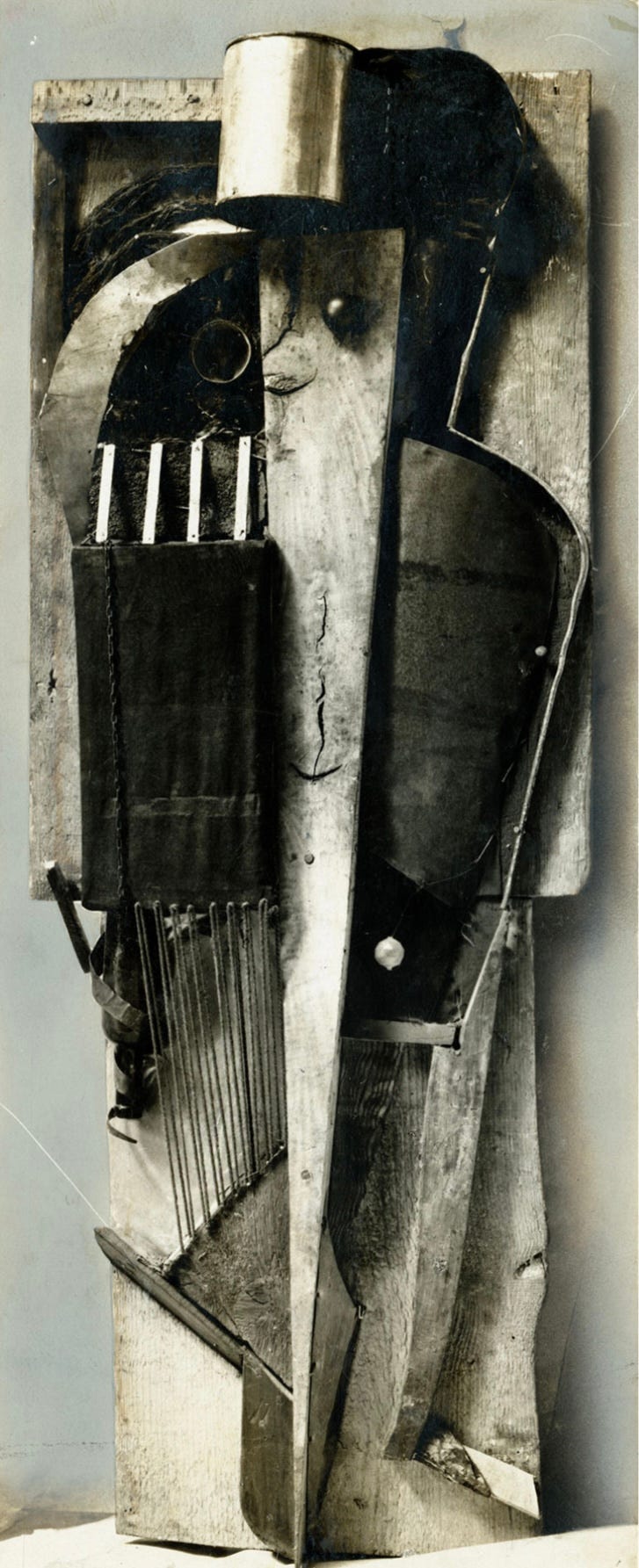
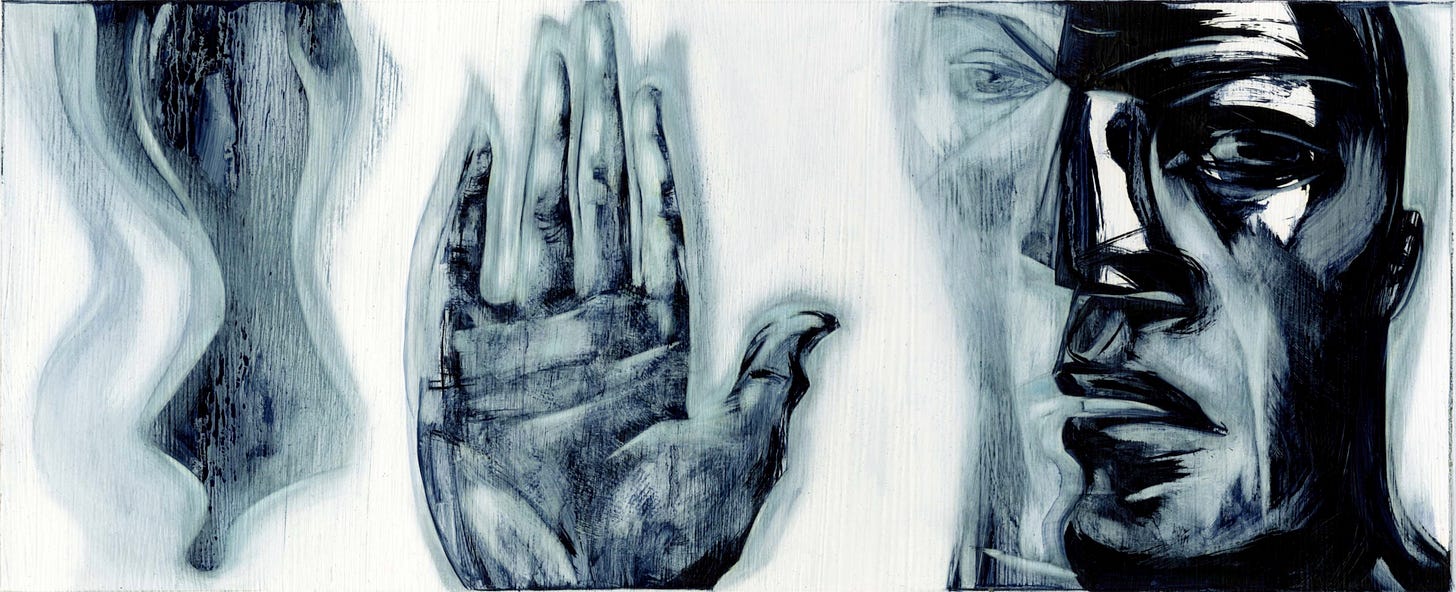
Well said, Joe—as usual. It’s the mere tooth of the paper that offers sufficient resistance to steady the hand. Drawing shouldn’t be like ice skating.